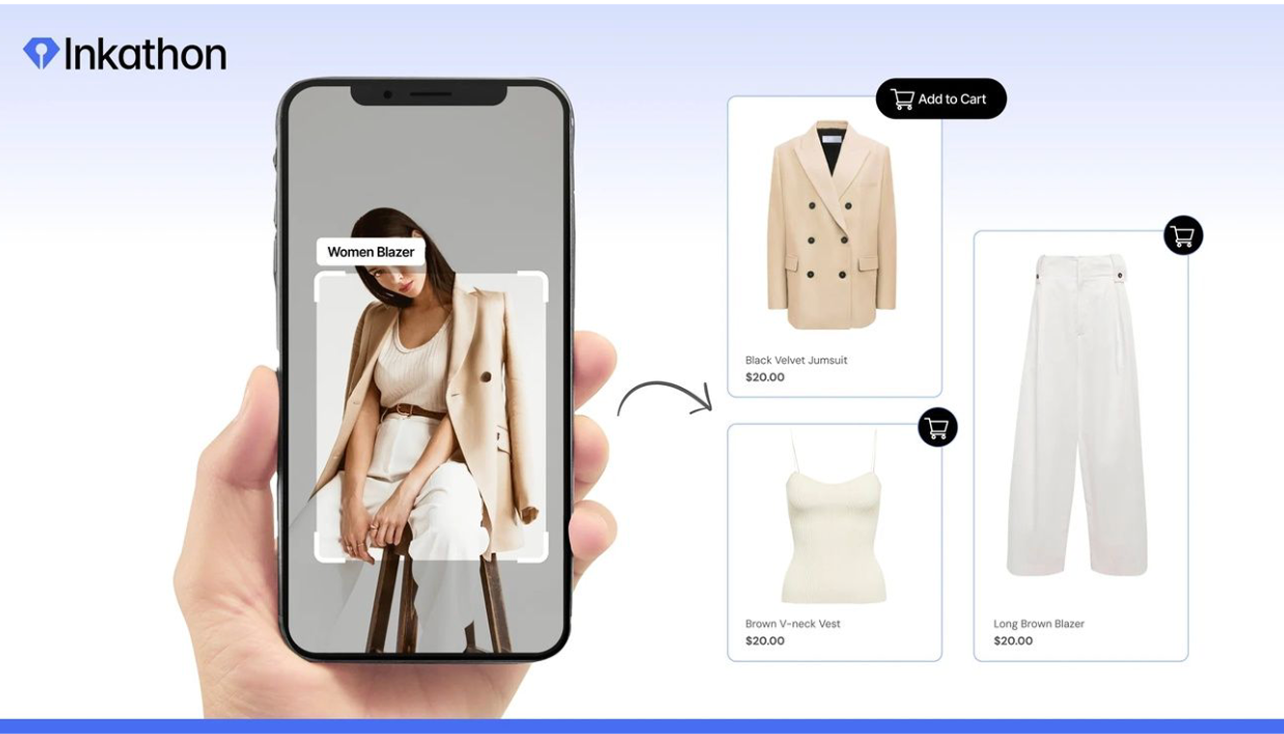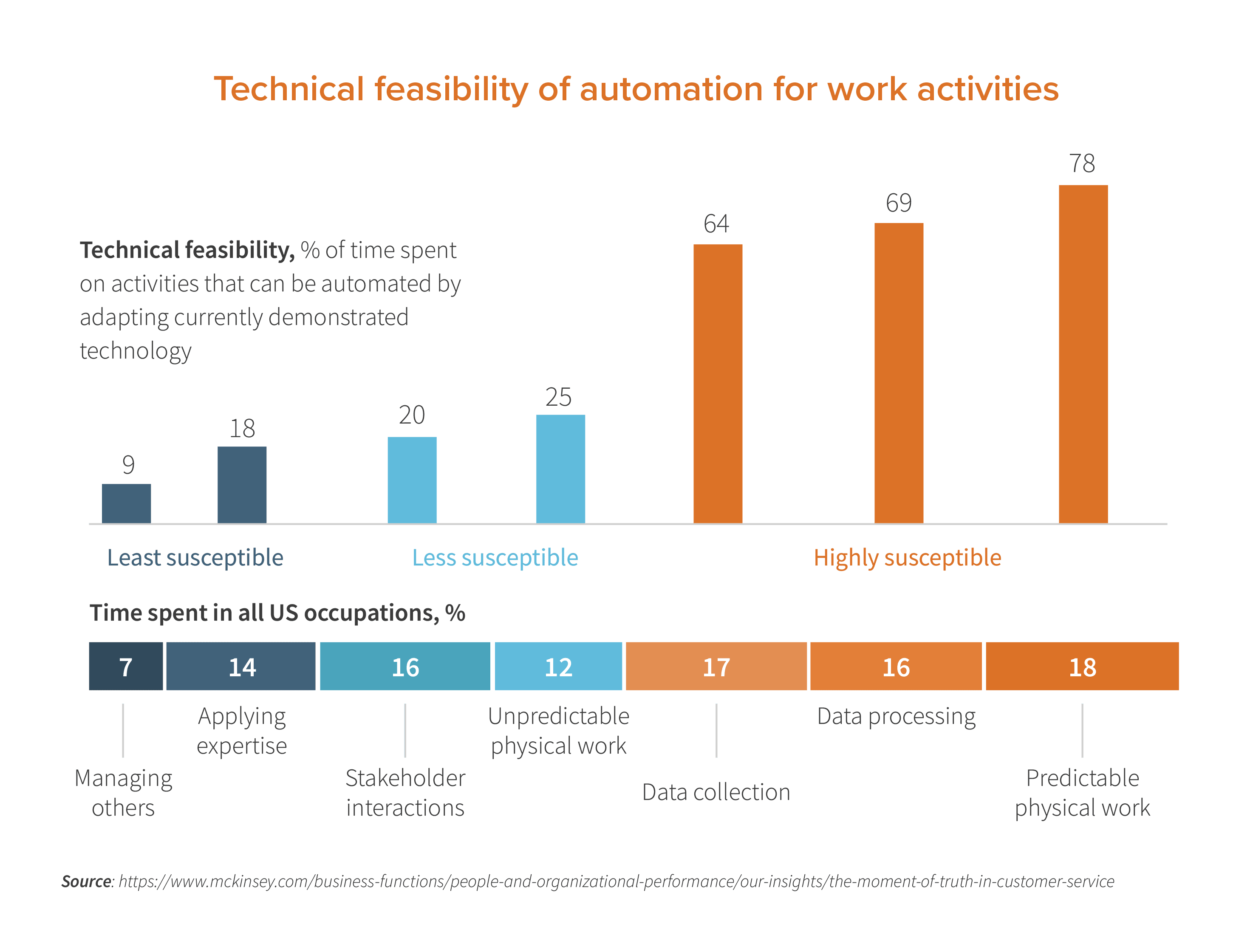Fashion Retail's SEO Crisis: The AI Disruption
Fashion brands have a serious disconnect with their customers. While 79%
of these brands think they offer excellent website search experience,
only 63% of consumers share this view. This gap shows retailers don't
fully understand how their SEO AI and search optimization efforts impact
customers.
Google processes 5.9 million searches every minute. AI in SEO has become
essential for fashion retailers to survive in today's market. Since 2019,
the industry has invested $1.7 billion in search-as-a-service startups. Despite
this massive investment, many fashion brands still aren't ready for the upcoming
AI-driven search transformation.
Fashion retailers face unique challenges in this changing landscape. This
piece explains what's at risk and helps you prepare your business for these
inevitable changes. You'll learn about the hidden SEO crisis affecting fashion
retailers and get practical steps to strengthen your online visibility.
The Invisible AI-SEO Revolution Reshaping Fashion Search

Image Source: GemPages
"Generative models allow machines to learn from data and then create
new,original content, and they have the potential to revolutionize
industries from music to fashion to gaming." —
Yann LeCun, Director of AI Research at Facebook
.
A quiet transformation is happening behind those familiar search
results that could change how fashion brands connect with their customers.
Advanced AI algorithms now reshape every part of online product discovery.
This creates unique opportunities and potential risks for fashion
retailers.
How search engines are evolving with artificial intelligence
Search engines now use sophisticated AI that goes way beyond the reach
and influence of simple keyword matching. These algorithms analyze
millions of social media posts, sales data, and search trends daily to
spot emerging fashion priorities and consumer behaviors
[1]
. AI-powered search engines also make results by a lot more accurate and
help find products quickly through visual search and natural language processing
[2]
.
Fashion retailers now see search algorithms that understand style priorities,
seasonal trends, and product attributes with amazing precision. The potential
effect looks substantial — generative AI alone could add between $150 billion
and $275 billion to the apparel, fashion, and luxury sectors' operating profits
within the next five years
[3]
.
The rise of visual search in fashion retail
Visual search technology has changed the way consumers find fashion
products. Shoppers no longer need to describe garments with text. They
can upload images or use their smartphone's camera to find similar items
[4]
.
Big retailers have noticed this move — ASOS added its Style Match feature
that lets customers shop directly from images they've captured
[5]
. This technology spots specific elements within fashion images, like neckline
styles, sleeve cuts, and fabric patterns. It creates a continuous connection
from inspiration to purchase.
The numbers tell the story: visual search could boost online retail revenue
by as much as 30% by 2025
[6]
. This technology also makes shopping easier if you have disabilities by
offering a more user-friendly experience
[5]
Voice search and its effect on fashion keywords
Over 27% of global online searches happen through voice commands
[7]
. This number could reach 50% by 2025
[7]
, which will change how consumers interact with search engines.
Voice searches sound more like natural conversations and run longer than
typed queries. People don't just search for "black leather boots" anymore.
They ask "Find stylish black leather boots near me"
[7]
. Fashion retailers must now optimize their content for natural language
patterns and question-based keywords.
Location plays a big role in voice searches, with "Find women's boutiques
near me" being a common search
[7]
. Fashion brands with physical stores need local SEO strategies to capture
this growing search traffic.
Why Fashion Retailers Are Uniquely Vulnerable to AI Disruption

Fashion retailers deal with unique challenges that make them vulnerable to AI-driven search disruptions. These brands must deal with complex obstacles as artificial intelligence exposes and intensifies their problems.
Content volume challenges in fashion catalogs
Fashion catalogs' massive size creates an overwhelming burden to manage. Product tagging by hand takes about 25 minutes for each SKU. New products take 20-30 days to show up online [8] . This delay puts retailers at a competitive disadvantage because AI-powered search engines now favor fresh, updated content. Large catalogs become harder to maintain for SEO relevance. AI search engines expect accurate product details across all channels [9] .
Seasonal inventory and SEO volatility
Inventory changes directly affect fashion retailers' SEO performance. New seasons bring fresh challenges to predict trends in a competitive retail scene [10] . Product relevance changes throughout the year and creates SEO volatility. Weather adds more complexity - a sudden cold snap can spark demand for warm clothing. An unusually warm fall might delay winter clothing sales [11] . These patterns confuse traditional SEO methods, while seo ai tools can predict and adapt to these changes.
The personalization expectation gap
Modern shoppers have raised their standards for tailored experiences:
- They share personal data but expect an exceptional shopping experience in return [12]
- They want instant service and personalization at every step [12]
- They spot generic recommendations right away
This gap causes real problems since 35% of e-commerce traffic comes from organic search [8] . Retailers without artificial intelligence in SEO strategies struggle to provide the tailored experiences shoppers want. The McKinsey Global Fashion Index shows the top 20% of fashion businesses generated 144% of the industry's profits [12] . This proves how AI and SEO capabilities create a growing competitive gap.
The Real Cost of Ignoring AI in Your SEO Strategy

Image Source: MicroSourcing
"The reality is that being unprepared is a choice. The benefits come when
we see AI as a tool, not a terror, and bring it into our sales motions." —
Anita Nielsen, President, LDK Advisory Services.
The financial effects of skipping seo ai strategies go way beyond just being
visible online — they hit your profits hard. Your business loses money when
you don't use artificial intelligence in SEO, and these losses keep adding
up.
Declining organic visibility metrics
When you stop doing SEO, your organic visibility takes a nosedive. Take this real example: a retailer managed to keep their performance up after stopping SEO and even hit their best traffic numbers. In spite of that, their daily clicks dropped from 250 to just 90 within a year [13] . This happens because Google keeps checking websites using many ranking factors. Not having fresh content and technical updates sends the wrong signals to search algorithms [13] . Your competitors build their online presence while you're inactive, which makes it harder to catch up [13] .
Rising customer acquisition costs
Fashion and accessories brands pay about USD 129.00 to get one customer [14] . Without artificial intelligence in seo, this cost goes up because you end up relying on paid traffic. Here's what this means for your money:
- Your Customer Lifetime Value (CLTV) should be 3 times your Customer Acquisition Cost (CAC) [14]
- High CAC plus fashion's slim margins puts your profits at risk [15]
- Paid ads cost nowhere near what you'd spend on organic strategies [13]
Seo ai tools can cut your acquisition costs by boosting organic rankings and helping you spend marketing dollars better. But companies that ignore these tools struggle with CAC that keeps going up.
Case study: Fashion brands that disappeared from search results
The speed at which some 10-year-old fashion retailers have disappeared from search is eye-opening. Across the industry, new "challenger" brands — free from old ideas about products and customers — are taking market share, especially in sportswear [16] . Look at Shein's quick rise to show how AI and SEO create advantages — they test thousands of small-batch products daily to get data and jump on trends faster [17] . Traditional retailers without these tools become invisible to potential customers, even after building their brands for decades.
Building an AI-Ready SEO Foundation for Fashion Retail
A methodical approach to structure, tools, and organization will prepare your fashion retail site for AI-driven search. Your success in this digital world depends on how fast you adapt your SEO foundation:
Content structure assessment and cleanup
Your current content structure needs assessment for AI readiness. A well-laid-out fashion site substantially affects both search visibility and user experience - poorly designed retail sites sell only half as much as better-organized ones [18] . Product pages need auditing for consistent formatting, clear hierarchies, and structured data implementation. AI search engines give priority to sites with clean code and organized information that algorithms understand easily [19] .
Selecting the best SEO AI tools for fashion websites
Your specific needs determine the right SEO AI tools. Fashion retailers should look for these key features:
- Automated product tagging - cuts manual tagging time from 25 minutes per SKU to minutes or seconds [20]
- Content optimization - your product descriptions match search intent
- Visual search enhancement - products become easier to find through image recognition
Research shows 68% of companies get higher seo artificial intelligence ROI with proper tool implementation [3] . The right seo ai tool should blend with your existing systems and scale as your product catalog grows.
Creating an AI-friendly product taxonomy
Product taxonomy — the systematic categorization of your fashion items —
forms the foundation of artificial intelligence in seo success. A
well-laid-out taxonomy needs logical categories, standardized naming
conventions, and consistent attributes
[4]
. Better product category classification can boost sales by 35% and reduce
cart abandonment by 20%
[4]
.
Fashion retailers' taxonomy should detail attributes like style, color, pattern,
material, occasion, and seasonality. This level of detail helps ai and seo
systems understand your products better and ended up improving visibility
in text and visual searches across all sales channels.
Conclusion
Fashion retailers face a turning point as AI reshapes product search. Many
brands think their digital presence works well for customers. The reality
looks quite different. AI has changed how shoppers find and connect with
fashion products online.
Fashion retailers must adapt to this new reality quickly. Companies that build
AI-ready foundations now will lead the pack. They need structured content,
smart tools, and well-laid-out taxonomies. Brands still using old SEO methods
risk falling behind as search gets smarter and customer expectations grow.
Making surface changes won't cut it. Fashion brands have unique challenges
to tackle. Their product catalogs are huge. Seasons change fast. Customers
want personalized experiences. These problems become easier to handle with
the right AI tools and planning.
Smart retailers see AI-powered SEO as both a challenge and a chance to grow.
Forward-thinking brands don't see it as a threat. They welcome these tools
because they help build stronger customer relationships in today's digital
world of fashion.
References
[1] - https://www.sganalytics.com/blog/the-future-of-ai-in-fashion-trends-for-2025/
[2] - https://www.leewayhertz.com/ai-use-cases-in-fashion/
[3] - https://www.semrush.com/contentshake/content-marketing-blog/ai-seo-tools/
[4] - https://www.linkedin.com/pulse/product-taxonomy-fashion-ecommerce-why-matters-okkular-io-ghlkc
[5] - https://miros.ai/top-5-benefits-of-visual-search-in-fashion/
[6] - https://electronosolutions.com/visual-search-and-its-growing-influence-on-e-commerce/
[7] - https://nyweekly.com/business/how-to-optimize-fashion-ecommerce-store-for-voice-search/
[8] - https://isg-one.com/articles/three-key-applications-of-visual-ai-in-fashion-e-commerce
[9] - https://susodigital.com/blog/impact-of-ai-on-ecommerce-seo
[10] - https://www.brightpearl.com/ecommerce-guides/fashion-inventory-optimization
[11] - https://www.efulfillmentservice.com/2024/07/master-seasonality-in-apparel-ecommerce-like-a-pro/
[12] - https://www.bloomreach.com/en/blog/impact-artificial-intelligence-online-fashion-retail
[13] - https://nexusmarketing.com/risks-of-stopping-seo/
[14] - https://www.wearedivisa.com/digital-marketing/a-comprehensive-guide-to-customer-acquisition-cost-in-the-fashion-apparel-industry/
[15] - https://commercetools.com/blog/mastering-customer-acquisition-costs-for-ecommerce-success
[16] - https://www.mckinsey.com/industries/retail/our-insights/state-of-fashion
[17] - https://www.wearemediavision.com/industry-report/2023-organic-search-demand-report-fashion/
[18] - https://www.pixyle.ai/blog/what-is-taxonomy-and-how-to-leverage-it-in-ecommerce
[19] - https://infotrust.com/articles/optimize-site-content-for-ai-search-results/
[20] - https://www.vue.ai/blog/ai-in-retail/catalog-tagging-fashion-retailers/